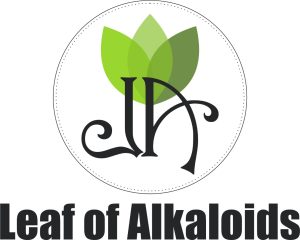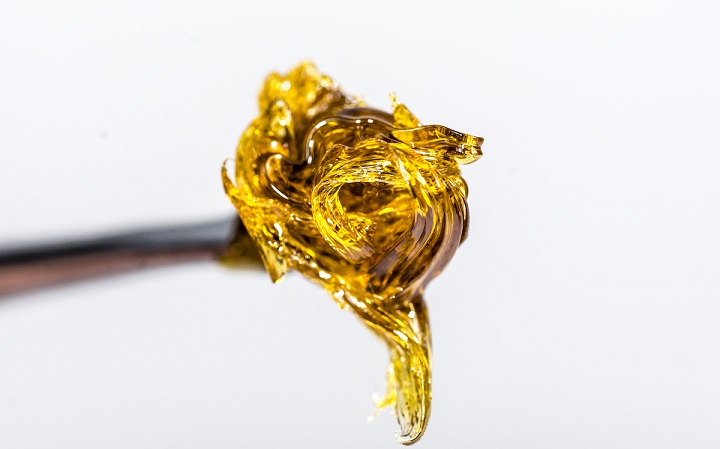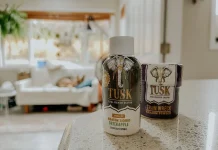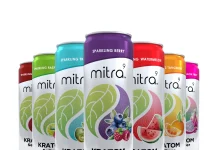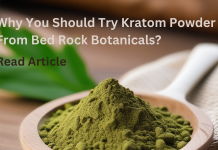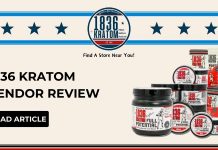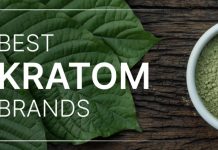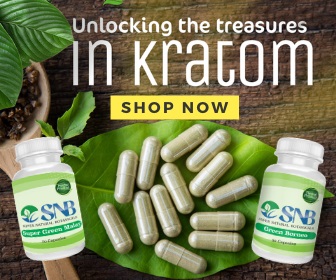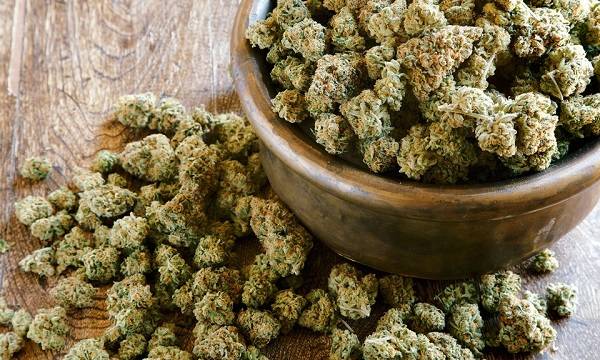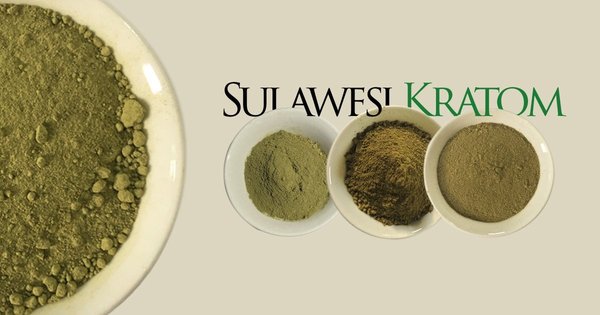Processors use different methods to extract the two primary cannabinoids found in cannabis: cannabidiol (CBD) and tetrahydrocannabinol (THC). As a result, they come in various forms and concentrations, which affect their potency.
Of these extracts, nothing comes close to Delta 8 distillates, especially regarding versatility, quality, taste, and after-effects, as they can be processed differently to appeal to specific markets. As such, Delta 8 distillates are increasing in popularity among consumers.
Read on to learn more about Delta-8 distillate, its different kinds, and the multiple consumption options available in the market.
What Is Delta 8 Distillate?
Delta-8 distillate is a cannabinoid extracted from the cannabis plant, which has two major species: hemp and marijuana. Since products from industrial hemp are federally legal, most CBD and TH products sold in dispensaries are from hemp.
After the primary extraction process, some manufacturers use the distillation method to extract a highly concentrated substance and discard potential contaminants or other materials, making Delta-8 highly potent and concentrated.
Additionally, processors can perform additional refinement processes to produce the desired compounds. For instance, Delta-8 distillate is a concentrated form of Delta-8 THC and shares almost the same properties as Delta-9 THC, albeit with reduced potency.
How Does A Distillate Look Like?
Distillates look like oil but are thicker and stickier. As such, most consumers get a delta 8 distillate syringe to dispense and measure the product easily for various applications. In some cases, distillates can be placed inside vaping cartridges.
Depending on the processing methods and other factors, a distillate may appear clear, with slightly yellowish to darker amber hues or a light pink shade.
How Does Color Impact Delta 8 Distillate’s Quality?
The color of a Delta-8 distillate can provide valuable insights into its quality, purity, and overall cannabinoid profile. Here’s how different hues can indicate variations in quality and the role that processing techniques play in determining the final appearance of these popular cannabis extracts.
Clear Delta 8 distillate typically commands higher prices because it means the product hasn’t gone through oxidation. However, it doesn’t mean the product is 100% pure, as certain compounds may still exist. Similarly, it doesn’t mean that clear distillate is of higher quality than amber or pinkish-hued distillate.
Some Delta-8 distillates come in this shade, indicating that the extract has partially oxidized. Sometimes, a distillate might change in color while in storage or because its acidity level has changed. Buying a slightly colored product isn’t a cause for alarm, especially if it comes from a reliable source.
Besides turning pinkish, distillates can likewise turn yellowish. A distillate’s amber shade indicates that the compound’s acidity was only removed during the distillation process.
A distillate’s golden hue can also mean the product has terpene. These additives give CBD and THC products distinct colors and aromas. Terpenes are also said to boost the effects of Delta-8 in pain and sleep management, among others.
While slightly tinted distillates are normal, you should avoid purchasing dark or cloudy Delta-8 fluids. A hazy distillate could mean a contaminated or expired product, which may aggravate specific health issues.
Besides rigorous processing methods, only reliable suppliers can create potent and unadulterated products using top-quality hemp varieties.
Primary Types Of Delta-8 Distillates
Processors employ various techniques to extract a few of the over 100 cannabinoids in the cannabis plant. Similarly, they can slightly alter the process to create a byproduct with a slightly different chemical structure that impacts the human body differently.
There are three primary types of Delta 8 distillates you can choose from:
This type of distillate is highly concentrated and contains predominantly Delta-8 THC, with almost no other cannabinoids, terpenes, or compounds present. It is created through extraction, refinement, and distillation, which removes all impurities and other compounds, leaving behind a pure Delta-8 THC product.
This distillate contains a high concentration of Delta-8 THC alongside other cannabinoids, excluding Delta-9 THC. The broad-spectrum distillate is produced by removing Delta-9 THC from a full-spectrum extract, which maintains the benefits of other cannabinoids and terpenes in the hemp plant.
This option is popular among those who want to enjoy the entourage effect without Delta-9 THC, which is subject to stricter regulations and may produce more potent psychoactive effects.
Full-spectrum distillate contains all the cannabinoids, terpenes, and other compounds naturally found in the hemp plant, including trace amounts of Delta-9 THC.
To create a Delta-8 THC-infused full-spectrum distillate, Delta-8 THC is added to the extract, boosting its concentration while maintaining the complete profile of the plant. This distillate offers the entourage effect, where the synergistic interaction of all compounds enhances the overall experience and potential therapeutic benefits.
As the Delta-8 market continues to evolve, awareness of these primary distillates empowers consumers to make informed decisions and helps businesses to develop innovatively targeted products.
What Are The Differences: Delta-8 Concentrates, Oil, And Distillates?
Delta-8 THC can come in three forms: concentrate, oil, and distillate. It is essential to understand their difference to ensure you get the right kind for your needs.
These are potent, solid, or semi-solid products derived from the cannabis or hemp plant that contain a high concentration of Delta-8 THC. Some common types of Delta-8 concentrates include wax, shatter, crumble, and budder.
Concentrates are usually consumed through dabbing, which involves heating the concentrate on a hot surface and inhaling the vaporized cannabinoids.
Due to their high potency and rapid onset of effects, Delta-8 concentrates are often favored by experienced users seeking intense and immediate relief.
It is a liquid product containing Delta-8 THC mixed with carrier oil, such as MCT (medium-chain triglyceride), hemp seed, or olive oil. The carrier oil helps to dilute the Delta-8 THC, making it easier to measure and consume.
Delta-8 oil can be used sublingually (placing drops under the tongue), added to foods and beverages, or used in tincture form. It typically takes effect within 30 minutes to 2 hours and offers a moderate duration of effects.
Delta-8 distillate is a highly purified form of Delta-8 THC obtained through extraction, refinement, and distillation. This process removes all impurities and unwanted compounds, resulting in a product that contains a high concentration of Delta-8 THC.
You can consume Delta 8 distillates in various ways, including vaping, dabbing, or as an ingredient in edibles, tinctures, and topicals.
Due to their purity and versatility, distillates are popular among users seeking targeted benefits or customizable experiences.
Understanding these Delta-8 products’ differences are essential to select the most suitable option for your desired experience and level of expertise.
Concluding Thoughts
The cannabinoid market is growing by leaps and bounds, with new products introduced in the market regularly. Whether an enthusiast or a beginner, it’s essential to perform due diligence by building knowledge of new products, like Delta 8 distillate. With this guide, you can decide whether this cannabis product addresses your preferences and needs.
As a reminder, it’s always a good idea to talk with your physician if you are taking novel cannabinoids for medical purposes. More importantly, ensure that your products are sourced from reputable suppliers and dispensaries to lower the risks of taking contaminated products.
